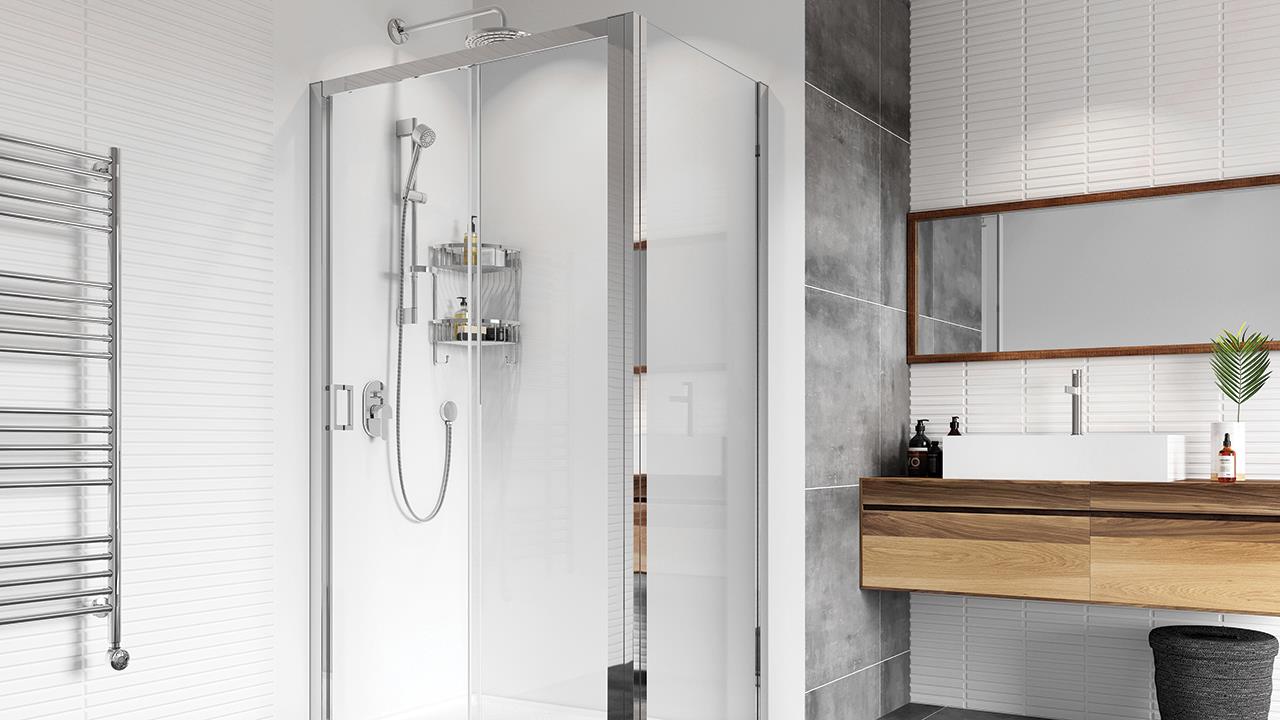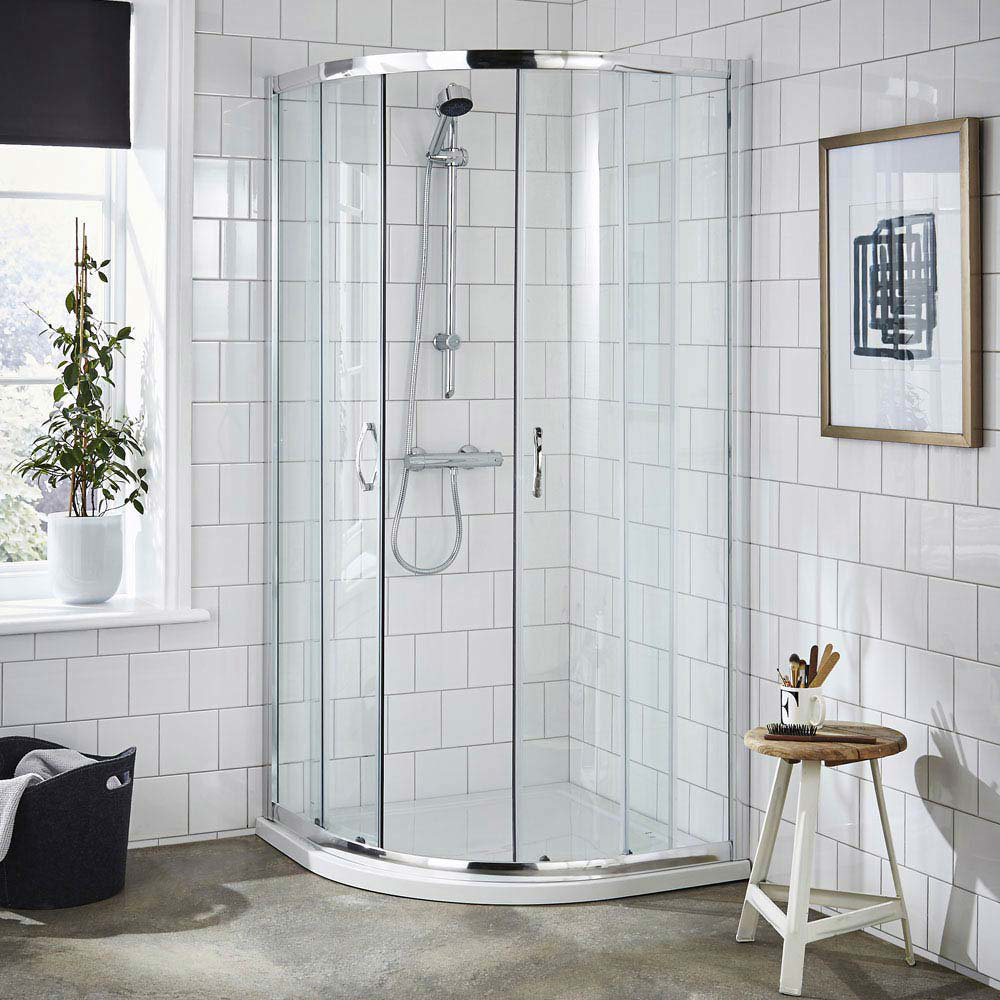Shower Upgrade 101 - Top Tips For New Unit Installation
Shower Upgrade 101 - Top Tips For New Unit Installation
Blog Article
We've stumbled upon the article pertaining to How to Install a Direct-to-Stud Shower Enclosure directly below on the net and reckoned it made good sense to talk about it with you on this page.

A successful shower installation calls for cautious preparation and also a great deal of job. For the most part, you will certainly need to do three kinds of tasks: framing wall surfaces, mounting the plumbing, and also completing wall surfaces.
Preparation
To start with, you need to select the type of shower that you wish to mount. It is very important to identify whether the selected shower is capable of managing particular systems as well as can regulate a secure level of water via the central heating boiler. Many shower devices nowadays are developed to be flexible to various water pressures (such as stored warm water and chilly mains).
It is additionally crucial to consider the water stress and the planning of the piping and also drain for the shower
Different Sorts Of Shower Units
Technique
Depending upon the sort of shower you want to install, the shower head have to either be suited order to avoid its contact with the water in the bathroom below or the base tray, or it has to have a check valve.
Before starting, it is advisable to note the settings of the shower head and control, and also to prepare the pipe-work involved. In addition, the drain system to remove the drainage will require to be prepared. Both positions of the wire path and the shower button will additionally need to be taken into consideration if an immediate or electric shower device is being installed.
Make use of the direction overview supplied with the shower unit to fit the shower control.Before fitting the pipelines that will provide the water to the shower system, it is very important to cut off the water. In order to secure the pipes, they need to be provided a waterproof covering as well as likewise fitted with separating valves. The pipelines can then be hidden right into the wall as well as plastered over to neaten the total look.
Fit the base tray, shower head, and also installations.
Connect the major shower control to the pipelines that will be providing the water (This may call for a female screw string adapter).
Reconnect the water system and examination the pipes for any type of leakages, as some may require firm.
If you are setting up an electric shower, remember to turn off the power supply before making any type of electric connections. When these links have been made (there must be advice within the instruction manual), the power supply can be changed back on.
Adjusting Water Stress to Match Your Shower
The cold water reservoir can be raised to a better height (often just 150mm (6inches)) by fitting a strong wood assistance beneath it - possibly made up of struts and also blockboards. If you choose this option, the main as well as circulation pipelines will certainly additionally have to be raised to meet the new elevation of the storage tank.
Additionally, a booster pump (a solitary pump or a dual/twin pump) can be fitted. Whichever kind is chosen, it needs to be attached into the power supply in order to operate.
Piping and also Drainage
It is best to use 15mm size supply pipelines, and make the runs to the shower as brief and also straight as possible so as to preserve optimal pressure and minimise warmth loss. In addition, by minimising using arm joints for pipeline corners, you can decrease the resistance in the flow of the water system. You can attain this by bending the pipes instead.
Most Typical Errors
How Do You Install a Shower? Follow This Guide
Installing a Shower at a Glance
Tools & Materials: Level, electric drill, caulk, hole saw, cedar shims, shower unit Step 1: Drill pilot holes Step 2: Prep fixture holes Step 3: Move unit into place Step 4: Caulk corners and base Step 5: Attach door Step 6: Install shower pan Whenever plumbing is involved in a DIY project, people worry about what might go wrong. The truth is that installing a shower isn’t that complicated, and you can save a lot of money by doing it yourself. You shouldn’t need to make any alterations to your plumbing to complete the job, and most of the tools you need will be provided in your new shower kit.
Can I Install a Shower Myself?
Even if you’ve never installed a shower before, you’ll find this to be a project that is perfectly suited for DIYers with a moderate level of experience. Whether you're doing a bathtub conversion or installing a new stall, most of what you need comes in shower kits that you can purchase from a hardware store. The first thing you need to do is determine what type of shower stall you want.
Single-panel stalls are the easiest to install because they come preassembled. All you need to do is put them in place. Multi-panel showers require a few additional steps, but you’ve got more control over the appearance of your unit. Multi-panel units are also much easier to handle if you’re going to do the installation without any help.
Be sure to take all appropriate safety precautions, such as wearing eye protection and gloves. When you’re removing or installing a shower unit, you might kick up debris that could hurt your eyes. You’ll also need to work with equipment that will get extremely hot, so be sure to have safety gloves handy.
Tools and Materials
2- to 4-foot level Electric drill with a 1/8-inch drill bit Caulk 2-inch hole saw Cedar shims The unit itself Before You Begin: Prep the Space
It’s highly important to measure your space accurately before putting the stall in. Measuring from the floor upward and from each corner outward will ensure you’ve got the right measurements. What you’re looking for is where the plumbing apparatuses are going to come through the stall. Transfer these measurements over to the back of your unit by drawing the locations of these holes using a pencil or marker.
Pull out your old shower and make sure to scrape off all the old caulking. Be thorough because you want to work with smooth surfaces for the best installation. Once you’ve pulled out your existing shower, you need to make sure that the floor is clean and dry. The best way to clean debris is with a shop vacuum, as it’ll soak up water and dirt together.
If you’re experiencing any plumbing issues, such as low water pressure, this is a perfect opportunity to solve them. Make sure that the pipes themselves are not in need of patching and clean your showerhead. When you turn the water back on after your project, check the pipes for signs of wear or disrepair. Anything beyond minor repairs should be handled by a plumber, and this is the best time to bring in a professional.
If the floor has any moisture at all, don’t proceed until it’s completely dry. The last thing you need is for the floor to rot or invite mold and mildew into your base. Once everything is dry, apply waterproof wallboard to the walls. This can be attached with screws or nails, then sealed with caulk so that water doesn’t seep into any crevices.

We were shown that editorial on How to Install a Freestand through a friend on our other blog. Do you know about someone else who is sincerely interested in the subject? Please feel free to share it. Thank you so much for going through it.
Call Us Today
Report this page